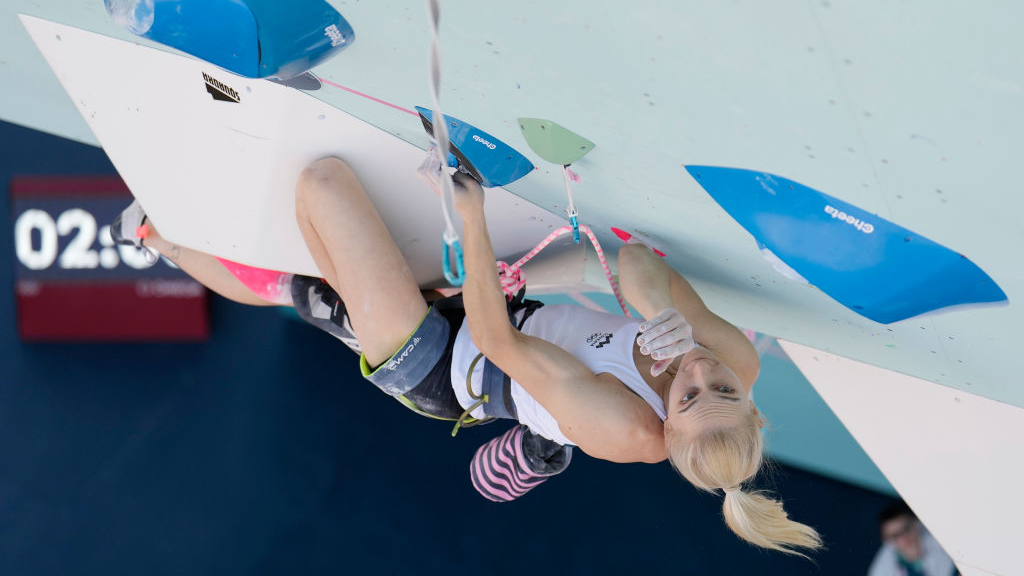What is a flatlock seam? What to look for in outdoor gear
What is a flatlock seam? We unpick this common feature in outdoor clothing and explain when you should look for it when choosing new gear
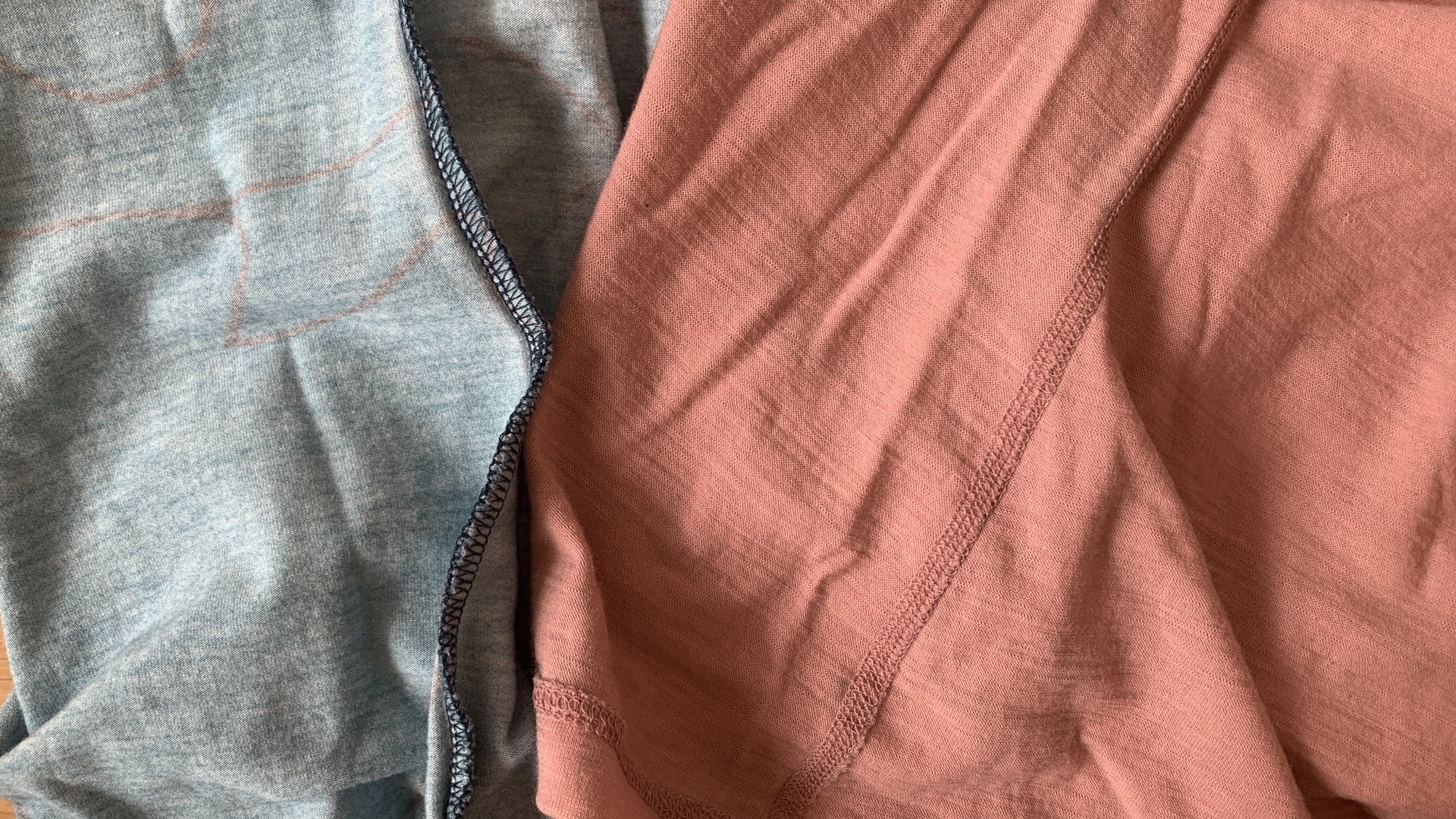
If you’ve been scouring Advnture’s buying advice looking for the best in new outdoor gear, you may have noticed that we often mention if a garment has flatlock seams, and from the context, you can probably tell that we think this is a plus. However, especially if you’re a gear nerd like us, you might want more information. What is a flatlock seam, anyway, and why should you look for it in outdoor gear? We thought it would be a good idea to unpick what this common feature in outdoor gear is, its benefits and what garments in particular you want to ensure employ flatlock seams.
What is a flatlock seam?
A flatlock seam is a stitching method that’s commonly used in outdoor gear that places two pieces of fabric side by side, so that the edges touch but don’t overlap, and stitches them together. The result is a flat seam, just as the name implies. In comparison, an overlock seam (a simpler method which you might have learned in high school sewing class) places the two pieces of fabric one on top of the other and stitches along the edge, so that the seam sticks out a little.
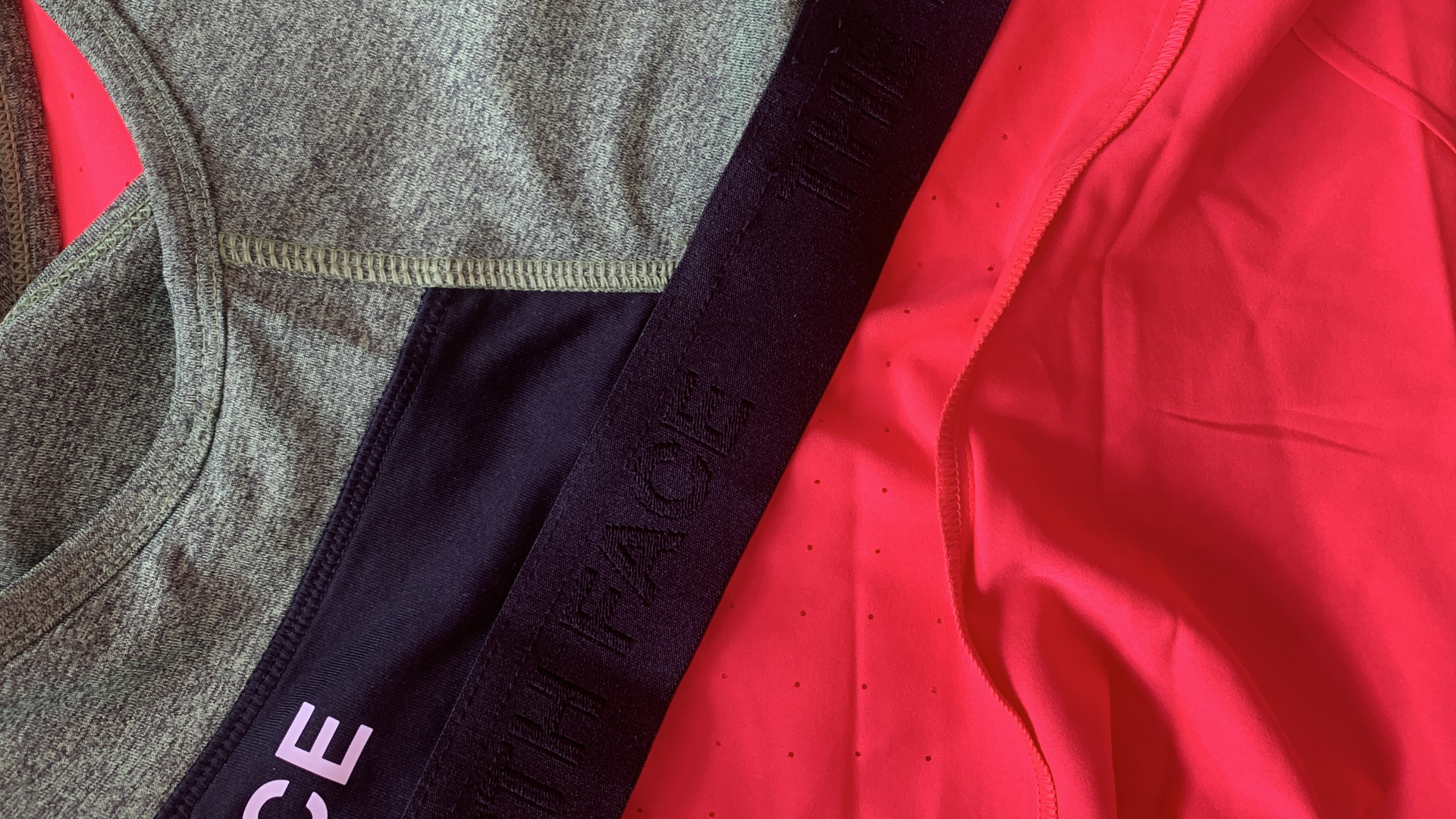
What are the benefits of a flatlock seam in outdoor gear?
There are two primary benefits of using flatlock seams in outdoor gear. First, and most importantly, because there isn’t a protruding seam on the inside of your clothing, the seams won’t chafe when you get moving, which you are hopefully doing a lot of when you’re wearing outdoor gear. Clothing that you wear next to your body – such as your best running top – that has overlock seams can chafe if you’re hiking or running long distances in it.
The second benefit is that because flatlock seams lie flat against your body, there’s no bulk and they fit better (this also helps with chafing, of course). Clothing that is already bulky, such as your best fleece jacket, would be made even bulkier with the use of overlock seams, so these will usually utilize flatlock seams.
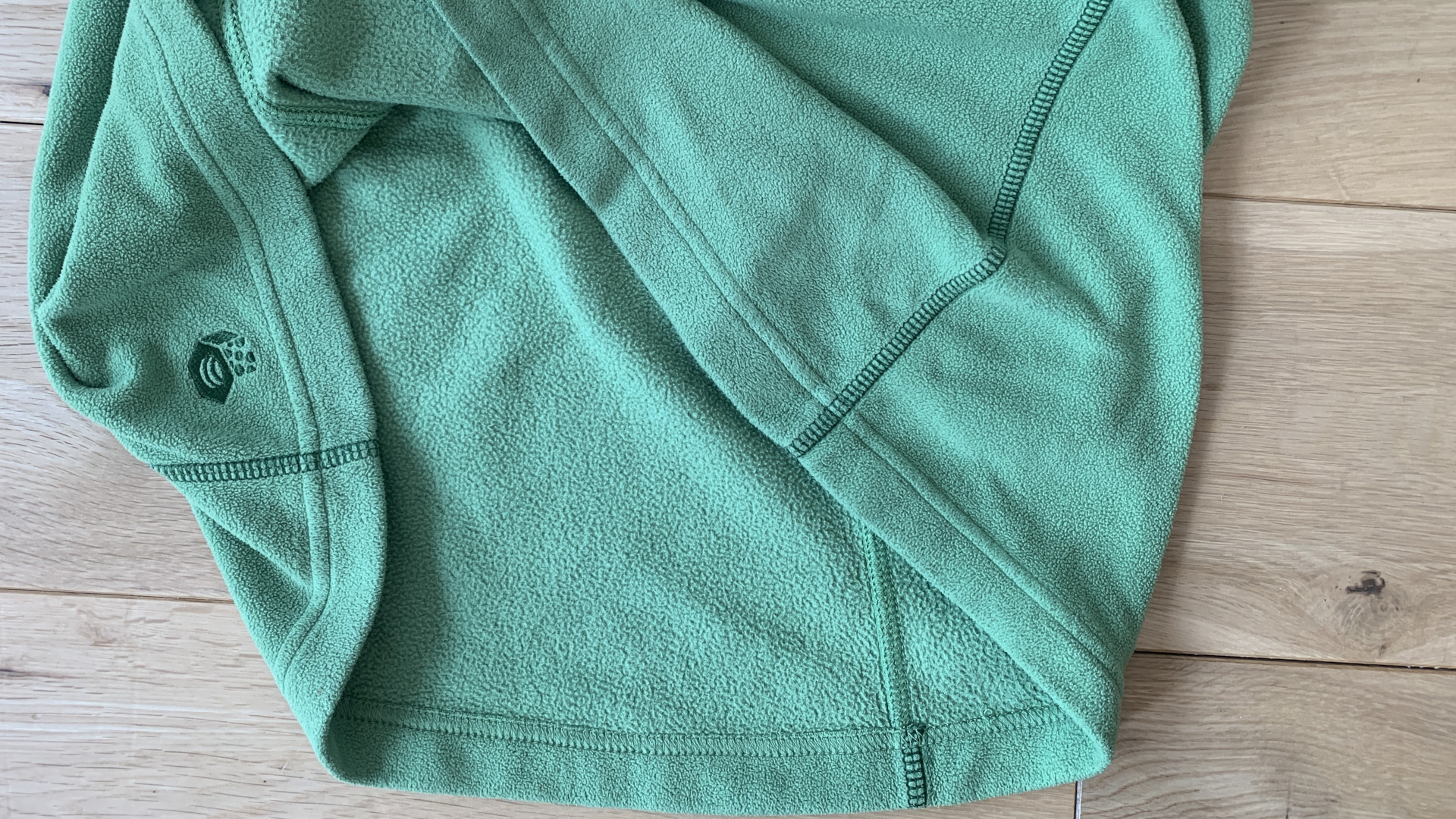
Of lesser importance, at least when it comes to performance, is that flatlock seams can be quite aesthetically pleasing. More and more, outdoor companies are using different colored threads on their flatlock seams to make your best trail running shorts and sports bras more colorful and playful-looking.
Finally, there are also some brands making reversible gear using flatlock stitching, such as these Icebreaker Merino wool thermal leggings, because the seam looks more or less the same on either side. You can find yoga pants that are different colored on the inside and can be worn either way round, essentially getting you two pairs of pants for the price of one!
Are flatlock seams strong?
Once you understand how flatlock seams are constructed, it can definitely seem as though the fabric would be easier to pull apart than an overlock seam, since the two fabrics butt up against each other but don’t overlap. However, flatlock stitching is plenty strong unless you’re squeezing yourself into a garment that’s two sizes too small and that’s going to put strain on any stream. There are flatlock techniques that use anywhere from two to six threads, and obviously the more threads used, the stronger the seam.
Advnture Newsletter
All the latest inspiration, tips and guides to help you plan your next Advnture!
One thing to watch out for, however, are techniques that create a mock or faux flatlock seam, where there is a little bit of overlock and bulk, but not as much as with an overlock seam, and with less strength and integrity. You can tell a mock flatlock seam because one side will look like a flatlock seam, while on the other side, the stitching will look like a simple ladder. However, you’re more likely to see this style of stitching in fashion clothes than quality outdoor gear, so it’s not a major concern.
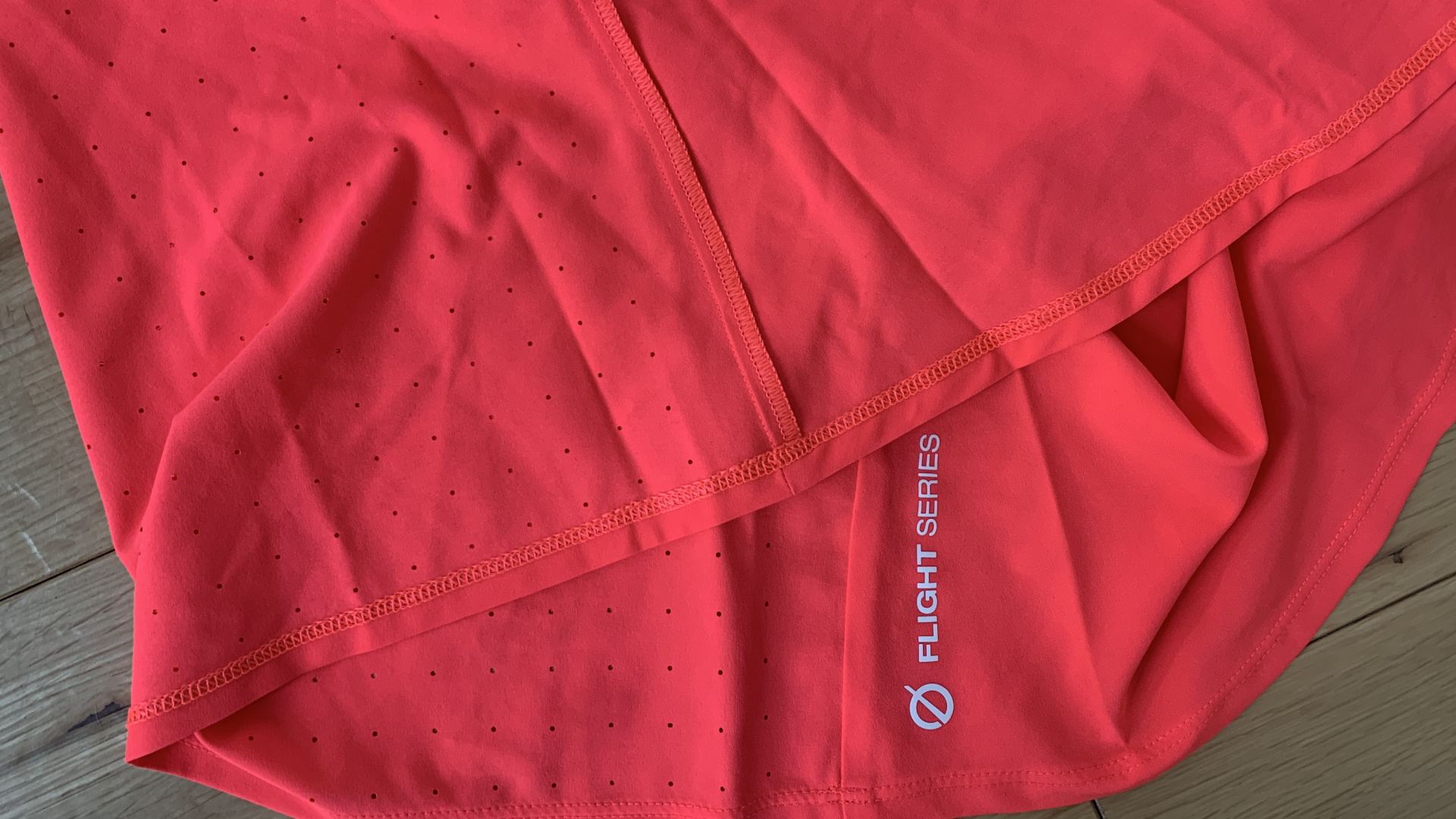
Should all my outdoor gear have flatlock seams?
Now you know that flatlock seams are strong, non-bulky and won’t chafe, you might be wondering if you need to dig through your wardrobe and relinquish every piece of gear with overlocking seams, but rest assured that not every piece of gear has to have flatlock seams. As we’ve mentioned, it’s best for clothing that is either bulky or worn right next to your skin, especially if you’re going long distances, so going forward, look for mention of it when you’re shopping for the following items:
- Sports bras
- Running underwear
- Long underwear
- Base layers
- Running tops
- Fleece jackets
- Running leggings
- Best hiking gloves
- Hiking socks
Some of the above items might be made using a very soft fabric, such as bamboo viscose or merino wool, and oftentimes in these cases, the material is soft enough that overlocking seams still won’t rub. While it’s true that synthetic fabrics like polyester can rub more than natural materials, there are definitely exceptions like The North Face Flight Series Weightless running top which is super soft and has overlocking seams that are stitched down at the hem so they lay flat against your skin. The key is to feel the garment yourself and inspect the seams. Any items of outerwear such as waterproof jackets and regular fitting hiking pants do not need to have flatlock seams.
Julia Clarke is a staff writer for Advnture.com and the author of the book Restorative Yoga for Beginners. She loves to explore mountains on foot, bike, skis and belay and then recover on the the yoga mat. Julia graduated with a degree in journalism in 2004 and spent eight years working as a radio presenter in Kansas City, Vermont, Boston and New York City before discovering the joys of the Rocky Mountains. She then detoured west to Colorado and enjoyed 11 years teaching yoga in Vail before returning to her hometown of Glasgow, Scotland in 2020 to focus on family and writing.

